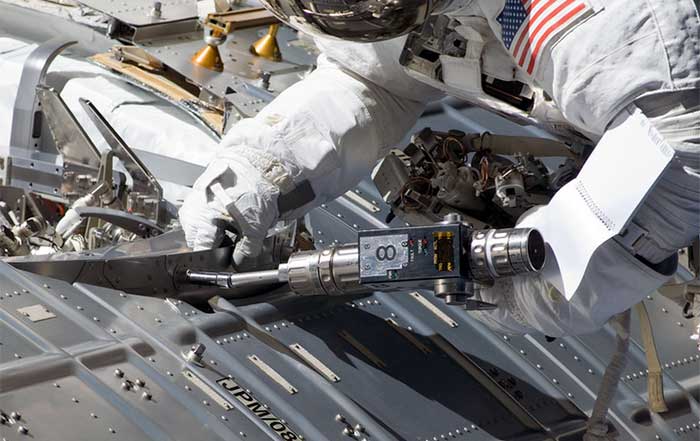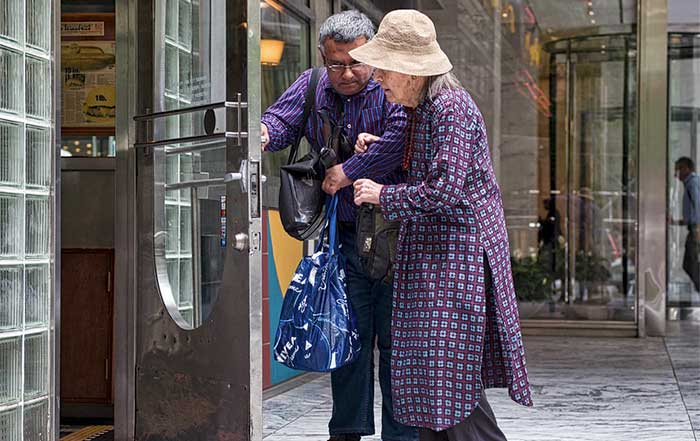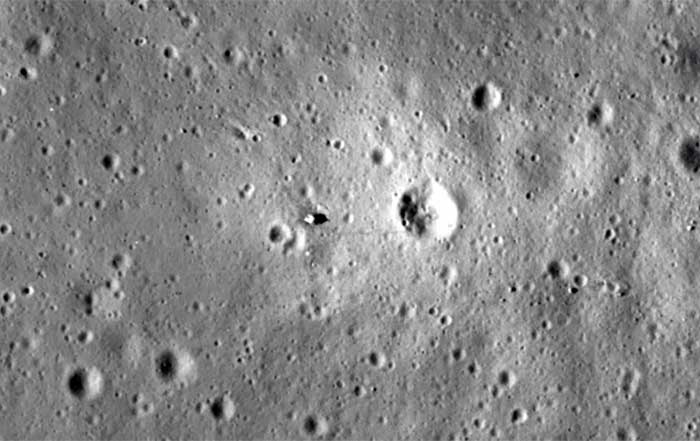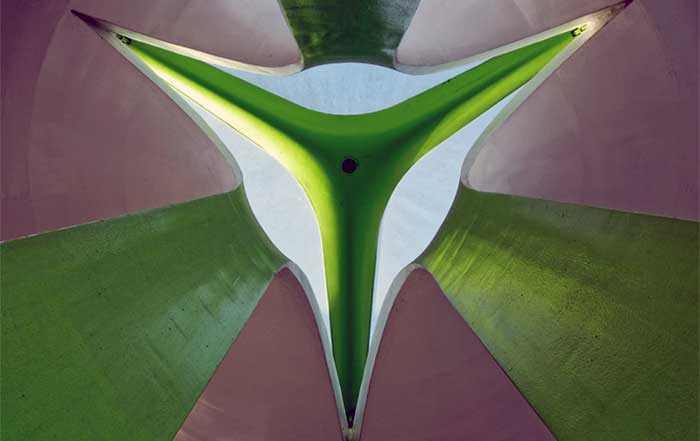The idea of robots has been around for centuries, but only recently have they become a part of our daily lives. Robots have been used in factories, hospitals, and other service industries for many years, but now they are becoming increasingly commonplace in our homes and workplaces. As robots become more integrated into our lives, it’s important to understand the psychology of why people like to see friendly faces on robots.
One of the primary reasons why people find robots with friendly faces so appealing is because of the sense of comfort and security they provide. Humans have evolved to associate friendly faces with safety and trustworthiness, so when we see robots with a friendly face, we naturally feel more at ease. This connection between friendly faces and feelings of comfort and security is especially strong in children, who often find robots with friendly faces to be less intimidating than those without.
In addition to providing comfort and security, robots with friendly faces can also help to foster a sense of connection with their users. Humans naturally prefer to interact with those they can relate to, and robots with friendly faces provide a way for users to connect with the robot on a more personal level. This connection can make it easier to accept and interact with the robot, which in turn can lead to a more productive and fulfilling relationship between the user and the robot.
The use of robots with friendly faces can also help to reduce the fear and uncertainty associated with interacting with robots. Many people are intimidated by the thought of interacting with robots, but having a friendly face can be reassuring and make the experience less intimidating. This can be especially helpful for elderly people who may be apprehensive about robots in general.
Finally, robots with friendly faces can also help to create a more enjoyable experience when interacting with robots. Humans are naturally drawn to things that are aesthetically pleasing, and robots with friendly faces can be seen as more aesthetically pleasing than those without. This can make interacting with robots more enjoyable and can even lead to greater interest in using robots in the future.
In conclusion, there are many psychological benefits associated with robots with friendly faces. From providing comfort and security to fostering connection and reducing fear, friendly faces can be an important part of creating an enjoyable and fulfilling experience when interacting with robots. As robots become more integrated into our lives, understanding the psychology of why people like to see friendly faces on robots can help us to create more effective and rewarding interactions with them.








